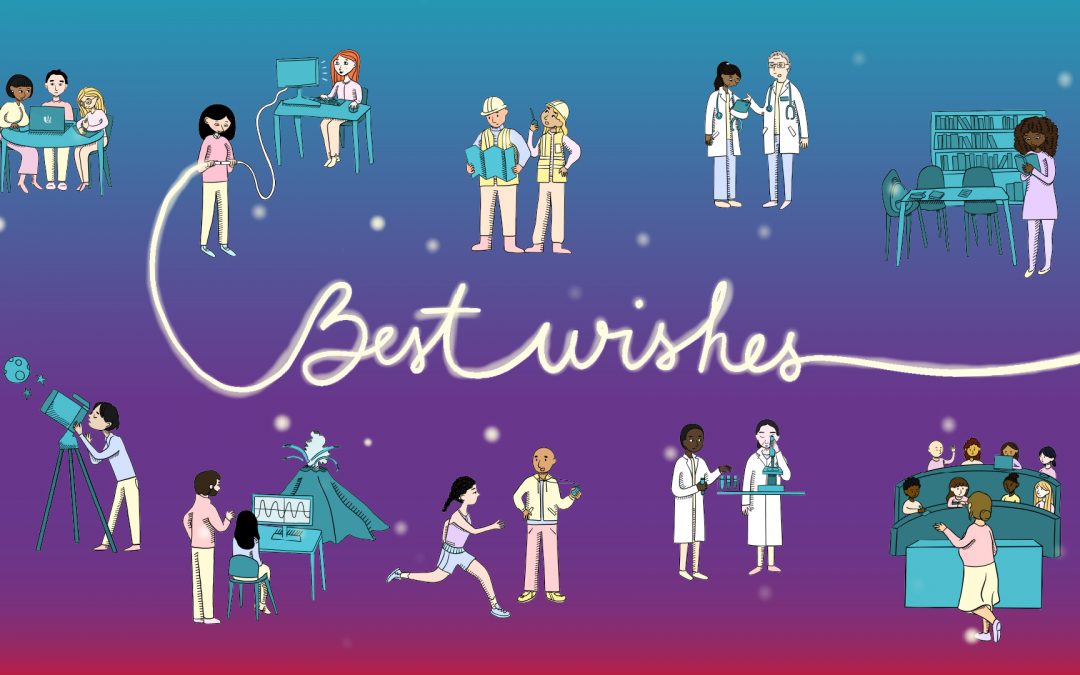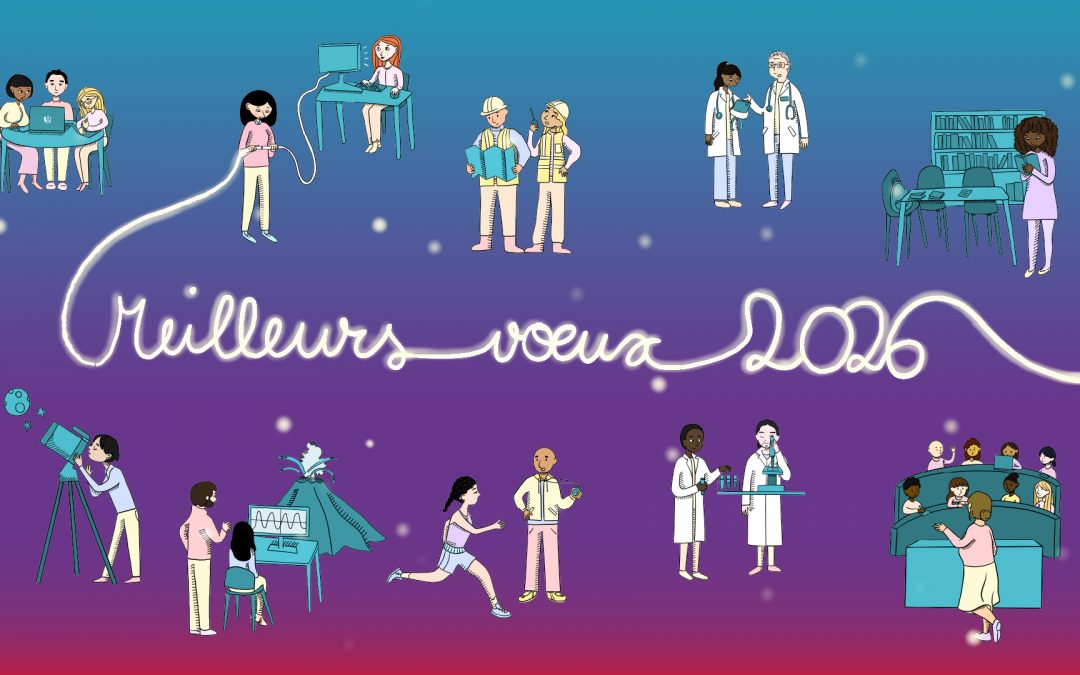Following the successful impact of NASA’s DART mission on the asteroid Dimorphos, the European Space Agency’s (ESA) HERA mission, in which Sébastien Charnoz, professor at Université Paris Cité and astrophysicist at the IPGP, is participating, will leave in 2024 to determine the precise effect of this impact on the asteroid pair and their orbits.

© ESA/Science Office
On 26 September at 1.14 am in France, the American satellite DART (Double Asteroid Redirection Test) crashed, as planned, into the moon (Dimorphos, 160m in diameter) of the small asteroid Didymos (800m in diameter). This double asteroid is currently about 12 million km from Earth and poses no threat to our planet! But this deflection experiment is being conducted by NASA, in conjunction with ESA, to better understand how an asteroid responds to an inertial impactor (a heavy but non-explosive charge).
NASA’s DART satellite hit Dimorphos at the dizzying speed of 22 000 km/h (for a weight of 500 kg) with the aim of deflecting it slightly. The scene was filmed live from a camera (DRACO) on board the impactor, but the impact was also observed from observatories on Earth and by the James Webb Space Telescope. In the final minutes of the approach, the images revealed the chaotic geography of the Didymos-Dimorphos pair: deep craters, dusty valleys, and rocky plains. These asteroids had never been photographed before at high resolution, and it was in the last minute of the approach that their shapes were revealed.
As suggested by early analysis using radar shots ahead of the mission, the main body, Didymos, is shaped like a diamond, while Dimorphos, the smaller moon and target of the DART mission, is elongated like a rugby ball due to tidal effects.
But if the impact is a success, it is now a question of determining its precise effect on the asteroid and its orbit. This is the role of the European Space Agency’s (ESA) HERA mission, a follow-up to NASA’s DART mission, in which Sébastien Charnoz, professor at Université Paris Cité and astrophysicist at IPGP, is participating.
The European mission, which involves ten European countries, will take off in October 2024 to orbit the Didymos/Dimorphos pair in 2026, and measure, 4 years after the impact, the precise orbital evolution of Dimorphos in order to understand the amount of energy and impulse that will have been communicated on 26 September by the DART impactor. These observations and measurements will help determine the extent to which we are able to deflect an asteroid should it pose a threat in the future.
In the HERA science team, Sébastien Charnoz is a member of the ‘Dynamics’ group, in charge of analysing the data and predicting the long-term response of Dimorphos using numerical models. Among the secondary objectives of the mission, the IPGP also wishes to measure the dissipation of the impact energy in the asteroid, the tidal effects, as well as the internal structure of the Didymos-Dimorphos pair. The IPGP team of astrophysicists will also continue to study the origin and evolution of this small satellite. Their first scenario, recently published, seems to be in full agreement with the first images of the DART mission!
More information:
> The NASA Dart mission website
– The ESA Hera mission website
À lire aussi

Happy New Year 2026
Université Paris Cité, its President, and the entire academic community extend you their best wishes for 2026!
read more
L’Université Paris Cité vous adresse ses meilleurs vœux
L’Université Paris Cité, son Président et toute la communauté universitaire vous adressent leurs meilleurs pour vœux 2026 !Best wishes
read more
CVEC Crous #Hiver2026 : financez vos initiatives pour enrichir la vie étudiante !
Vous avez une idée de projet pour améliorer la vie étudiante à Paris ? L’appel à projets CVEC (Contribution Vie Étudiante et de Campus) du CROUS de Paris est ouvert ! Associations étudiantes, agents, services, directions ou composantes d’UPCité peuvent, sous certaines...
read more
Une mère sur quatre concernée par des soins irrespectueux en maternité
S’appuyant sur l’Enquête nationale périnatale de 2021, une équipe de chercheuses associant notamment l'Université Paris Cité révèle qu’un quart des mères en France seraient concernées par des soins irrespectueux en maternité, associés à un risque accru de dépression...
read more